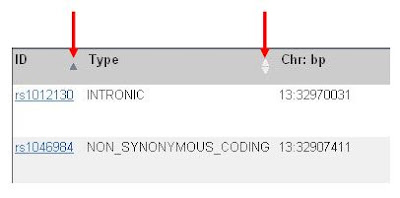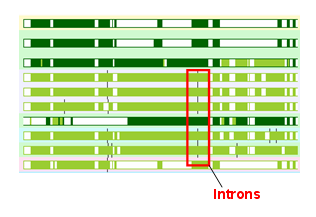 When we show during workshops a map of the world with the places that have been visited by the Ensembl Outreach team, people are often surprised that we never have been to Australia yet. Well, coming month this is going to change as two of my colleagues will travel to Down Under for a whole series of workshops:
When we show during workshops a map of the world with the places that have been visited by the Ensembl Outreach team, people are often surprised that we never have been to Australia yet. Well, coming month this is going to change as two of my colleagues will travel to Down Under for a whole series of workshops:
12 Apr: Browser workshop at the University of Melbourne
15-16 Apr: Browser workshop at the University of Adelaide, Adelaide
21-22 Apr: Browser module in the PANDA workshop at the University of New South Wales, Sydney
23 Apr: Developers workshop at the University of New South Wales, Sydney
27-28 Apr: Browser module in the PANDA workshop at the University of Queensland / Griffith University, Brisbane
29 Apr: Developers workshop at the University of Queensland / Griffith University, Brisbane
29-30 Apr: Browser workshop at the Australian National University, Canberra
Aside from that there are many more Ensembl events in other parts of the world this month:
7-9 Apr: Browser module in the EBI Bioinformatics Roadshow at the University of Florence, Florence, Italy
15-16 Apr: Browser workshop at the Erasmus MC Molecular Medicine Postgraduate School, Rotterdam, The Netherlands
19 Apr: Browser workshop at the VIB Flanders Interuniversity Institute of Biotechnology, Leuven, Belgium
20 Apr: Browser workshop at the VIB Flanders Interuniversity Institute of Biotechnology, Ghent, Belgium
20-21 Apr: Browser module in the EBI Bioinformatics Roadshow at the Dana-Farber Cancer Institute, Boston, MA, US *postponed to 3,4 May*
21 Apr: Developers workshop at the Hubrecht Institute, Utrecht, The Netherlands
22-23 Apr: Browser module in the EBI Bioinformatics Roadshow at the Harvard School of Public Health, Boston, MA, US *postponed to 3,4 May*
26-27 Apr: Browser module in the EBI Bioinformatics Roadshow at Northwestern University, Chicago, IL, US
28-30 Apr: Developers workshop at the University of Cambridge, Cambridge, UK
29-30 Apr: Browser module in the EBI Bioinformatics Roadshow at the University of Pennsylvania, Philadelphia, PA, US
For details about these and other upcoming events, please have a look at the complete list of Ensembl training events.




















